TECHNOLOGY HUMAN BALANCE
|
Technology may draw you to an event and may help you with that first step, but it’s the face-to-face connection that seals the deal. The MPI Chicago Area Chapter realizes that, and TechCon was a great success because of the balance between technology and humanity. Snow is on the ground. Strong wind is blowing. And I’m lost. The Illinois Institute of Technology (IIT) is a large campus, and the MPI Chicago Area Chapter’s TechCon—held this past February—is in one of these buildings. After ducking into the student center to warm my fingers, I pull up the event app and determine that I’m about 100 yards away. Thankfully, I’m a speedy walker. I see a lot of people climbing the steps as I approach the building. TechCon grows every year, attracting local and European meeting professionals, so the masses before me are no surprise. One of the reasons for this growth is the great speaker selection. “There was a strong emphasis to select [speakers] from outside the industry,” said Kyle Hillman, co-chair of TechCon. “While the meeting and event industry has quality thought leaders, they tend to be reused way too often. For the industry to grow, we need new influences.” Hillman says that there was a firewall between sponsors and speakers, meaning that the two were not tied together. “It was key—as you can imagine there was great interest from sponsors to be content providers, but far too often that leads to a demo conference, and as a planner I can’t stand those events,” he said. “Ultimately, we wanted to find the best speakers for the event, not who was willing to write a check.” Additionally, Hillman says, speakers had to step up and promote the event through pre-event articles, virtual interviews and social media channels. It wasn’t just the speakers, though, that help created a great conference. The venue was instrumental. “As we are non-profit, profit-and-loss is a critical component for the chapter when managing events,” said Sean Lynch, president of the MPI Chicago Area Chapter. “IIT met our criteria of being able to accommodate our 300-plus guests, our education sessions and our interactive club-like exhibitor showcase (allowing living room furniture, F&B pods, varied lighting and hip music), and they allowed us use of other sensory effects—fire elements and fog machines, for example. Next, IIT had 20-foot ceilings, which we believed to be critical to the desired experience. Finally, they had the power and Internet bandwidth and provided such on a favorable trade basis.” You definitely noticed the use of bandwidth during the conference. Attendees were either tweeting bon mots, participating in audience response surveys or engaging with the conference app. And if you didn’t have an iPad, you could rent one on site all ready to go. “They were pre-loaded with the event’s app, [productivity app] Evernote, the white paper from the research session ‘Concerts to Conferences,’ as well as Web apps for the audience response systems Conference.IO and SlideKlowd, which were used in the breakouts,” Hillman said. This was part of a plan to have attendees experience technology first-hand. “If you think of other exhibit shows, vendors might have the equipment in their booths—we wanted to make sure the attendees could use it, experience it in real-world applications,” Hillman said. “It is ultimately better for the vendor and makes it more likely to be used by a planner.” If attendees weren’t busy interacting with technology, they were having face-to-face conversations in the exhibit showcase area, where sponsors and clients chatted on couches and chairs. “The exhibit lounge was probably the greatest success element we added,” Hillman said. “To be honest, it was a huge educational undertaking to get sponsors onboard and understanding of the concept. When you lead with, ‘We are banning all pull-up banners and pop-up displays,’ exhibitors get understandably nervous.” The idea was based on reinventing the exhibitor and planner experience. “As a planner, I loathe exhibitor aisles with skirted tables and often find myself looking anywhere but at booth areas so as not to create eye contact,” he said. “That is the opposite of what exhibitors are paying for and only creates an adversarial vibe for planners. So we flipped it. The lounge design created paths, not aisles, forcing attendees to mingle and walk around people and furniture, not past them. It also created lasting touch points for vendors in a more relaxed networking approach rather than a hard sell. A lot of suppliers have lost the art of connecting with buyers—we created an atmosphere that brought that back.” Yes, technology may draw you there and may help with that first step, but it’s the face-to-face connection that seals the deal. The MPI Chicago Area Chapter realizes that, and TechCon was a great success because of the balance between technology and humanity. Source: www.mpiweb.org |





